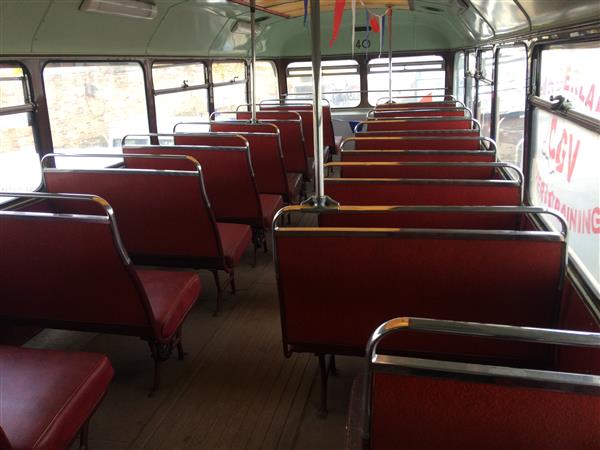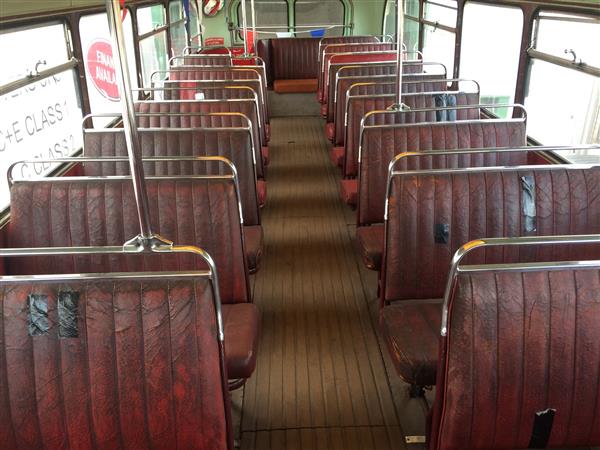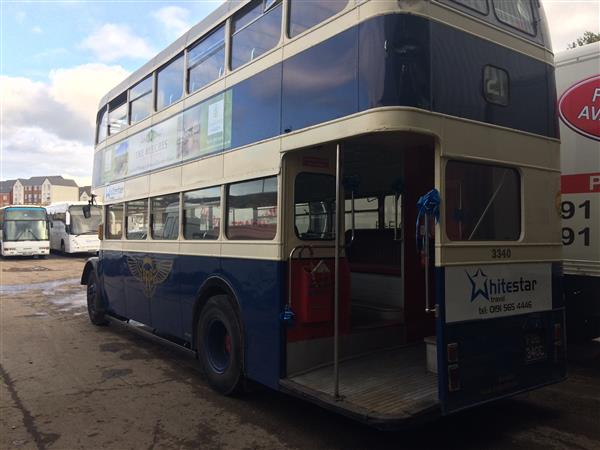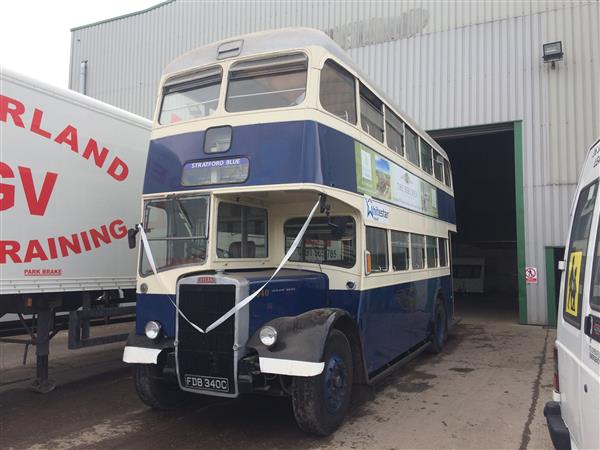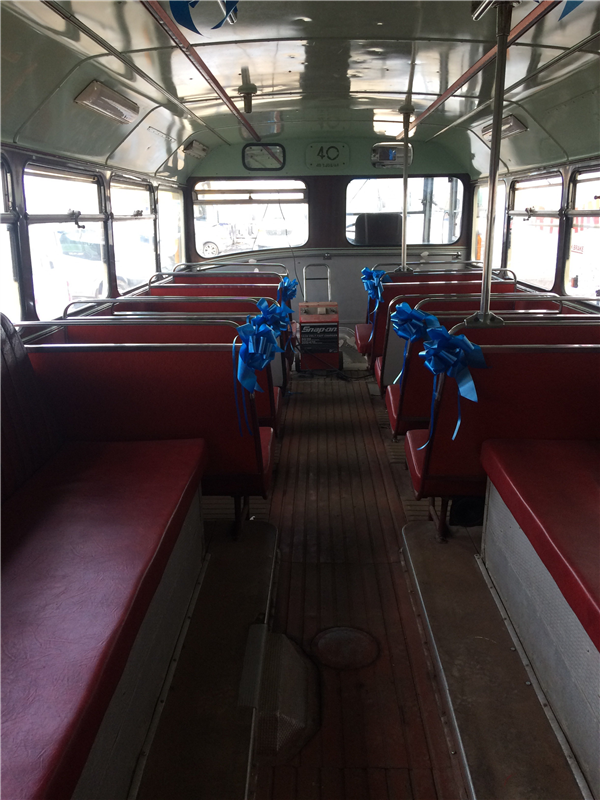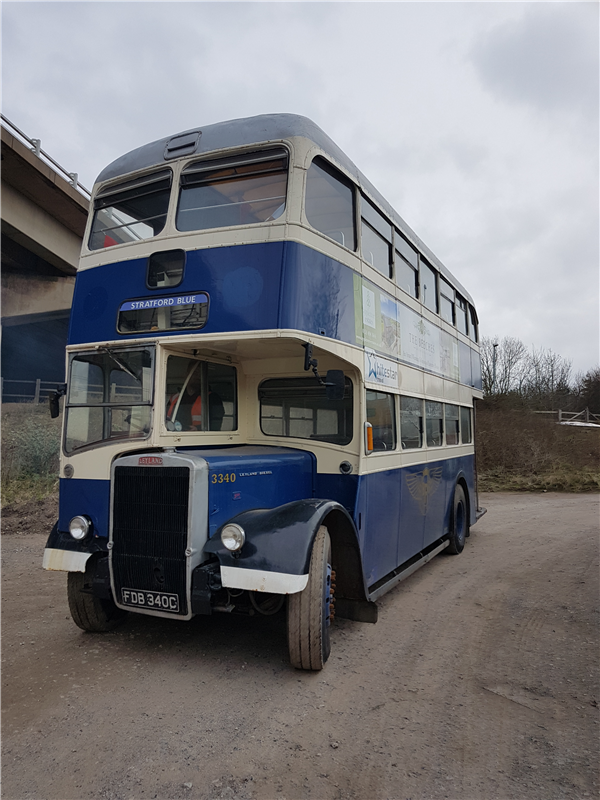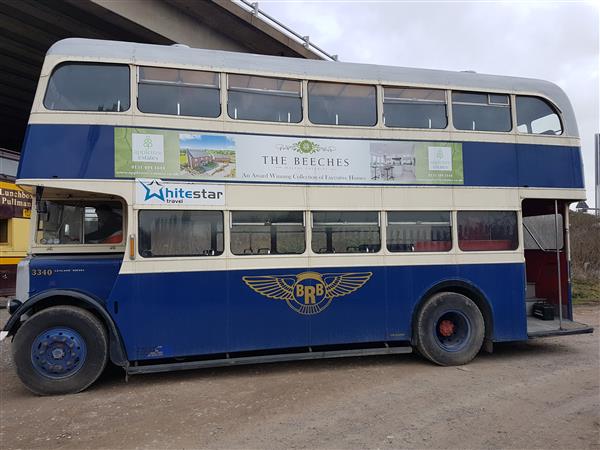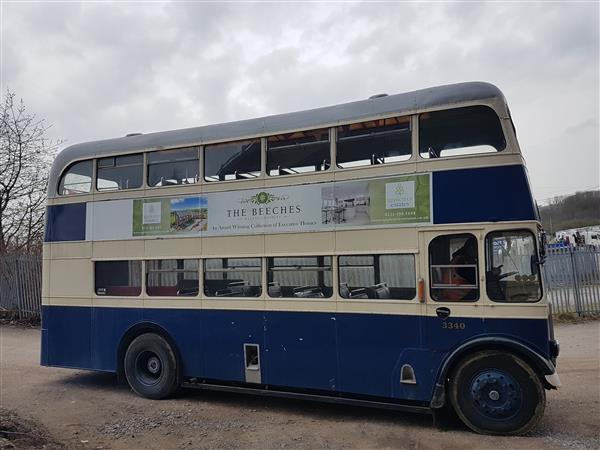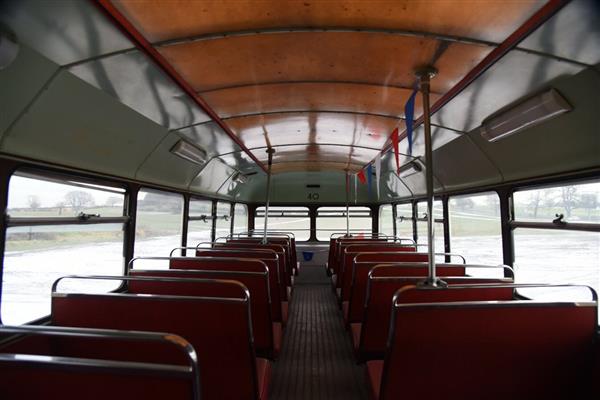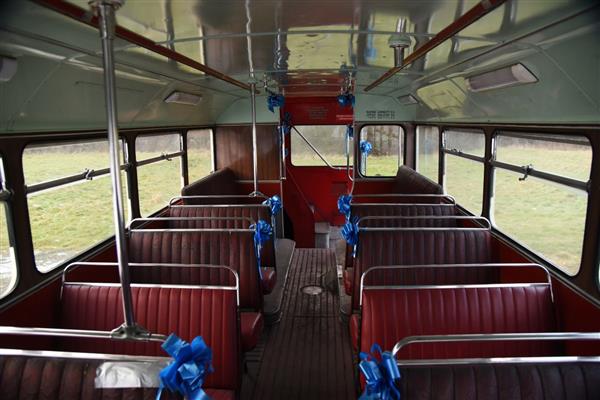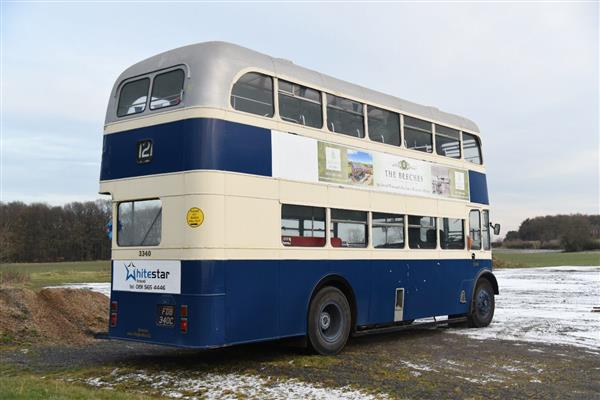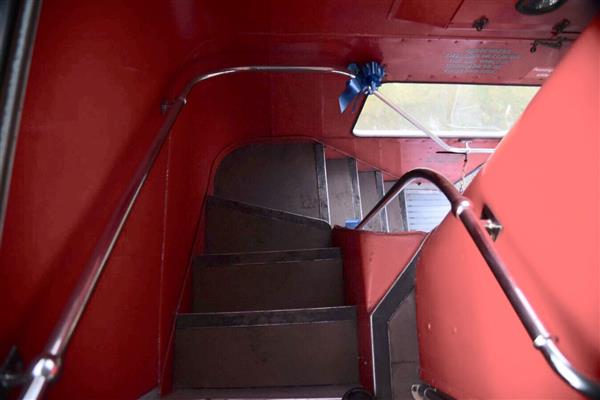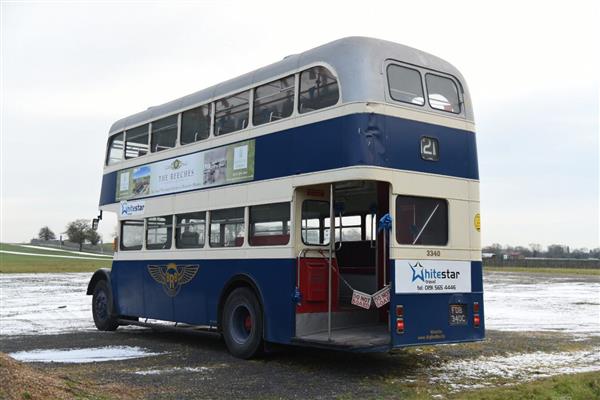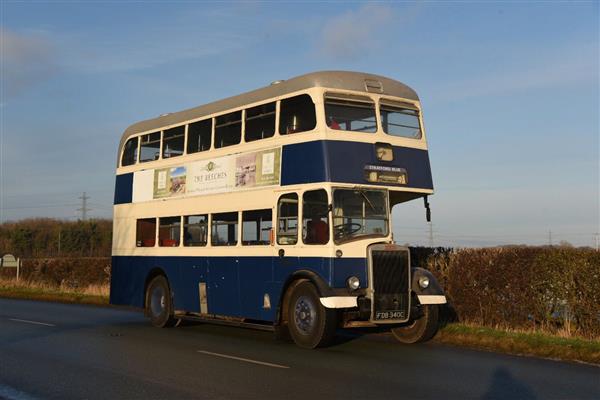Vehicle Details
1965 Leyland PD2 Back Loader Half cab FDB340C
£25000 plus vat

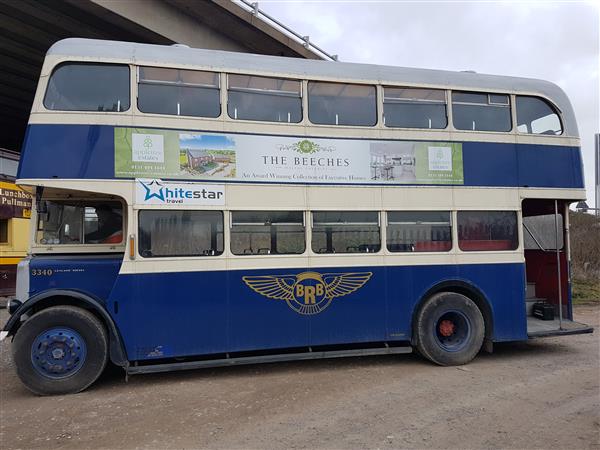
Leyland PD2
Ex-Stockport corporation
Front engined
Exposed radiator
Back Loader
Half cab
Psv mot
Recently used as a wedding bus
Here is some history of the PD2
The E181 was regarded by Leyland as an interim power unit, a stop-gap until a better power-plant came on-stream, thus the initial post war Leyland lorry so powered was called the "Interim Beaver". The definitive power-plant for full-size post war Leylands began to be fitted to Beavers, Octopuses, Steers, Hippos etc. from 1946. Leyland at this time stopped using the E-number system for engines (at least externally). This new power unit was named after its displacement in cubic inches (US technical influence during World War II led to a standardisation in the British heavy-vehicle market on Imperial dimensions until the late 1960s). Thus was named the Leyland O.600, O for oil, which was British engineering parlance at the time for compression-ignition engines rather than naming the German Rudolf Diesel, and 600 for a 600 cubic inch swept volume, equating to 9.8 litres. The only contemporary heavy vehicle compression-ignition engines built in Britain of equivalent displacement were the AEC 9.6-litre (from 1939) and the Albion 9.1-litre (from 1937). In its application to the Titan, the O.600 was rated at 125 bhp at 1,800 rpm, with peak torque of 410 lb ft at only 900 rpm, these increases in performance resulted in an under-stressed engine, capable of giving lively yet economic performance, with unprecedented, and it seems unsurpassed ability to run day-in, day-out between overhauls. A major structural feature of the O.600 was that the dry-liner cylinder block and crank-case were cast as a unit, the first production UK heavy vehicle engine to feature this, although by 1945 Leyland had detail drawings of a similar but smaller engine design commissioned by the UK Government during Wartime from Napier which was to become the Leyland 300. Like the 7.4-litre engine the 600 was a six-cylinder direct-injection pushrod overhead valve unit, but the cylinder head was split into two, with each head and gasket unit covering three-cylinder bores, other important features designed to enhance reliability were a gear driven, rather than chain drive, camshaft, mounted lower in the block; a nitrided crankshaft running in strip-bearings and chromium-plated piston-rings. The 600 which was also much quieter than the 7.4 continued in production until 1972, becoming almost legendary in its renown.
Although design work on the PD2 had started during wartime under the working title "9.8-litre TD9" it was much more than a PD1 with a bigger engine, the frame was completely redesigned, with the longitudinal members carefully graded in depth so that no part was overstressed nor over-engineered. The 600 was fitted into the chassis on a three-point flexible mounting and after a larger clutch unit the new gearbox which still had helical gear trains in second and third now also had synchromesh operation on all but first and reverse, a pioneering feature in a full-size production British bus chassis.[26]
PD2/1: Although the prototype was called PD2 when it appeared in 1946, carrying an Alexander-built Leyland design body identical to those on PD1, and carrying the evocative (and very non-standard) chassis number EX1, it was decided that the initial production version would be called the PD2/1. The PD2/1 shared 26 ft by 7 ft 6 in chassis dimensions and 16 ft 3 in wheelbase with the PD1, and had a similar triple-servo vacuum braking system, the first true PD2/1 (a pre-production bus) was chassis number 470848 which had the first standard Leyland body for the PD2, it went to Birmingham Corporation, who registered it HOJ396 and operated it until 1968. Central SMT had a PD1 with PD2 engine and transmission, chassis number 47009, which they registered CVA391. The first production PD2/1 complete with Leyland body went to Todmorden Joint Omnibus Committee, in July 1947 and another early example went to the Northern Ireland Road Transport Board. Birmingham Corporation Transport followed up its initial interest by taking no fewer than 200 with bodies by Brush Coachworks Ltd (100), Leyland and Park Royal (50 each) until 1949 as part of a complete fleet replacement which ran from 1946 to 1954 and included tramway and trolleybus replacement. The standard Leyland body for the PD2 differed only slightly from that on the PD1, by having the front offside mudguard extended around the front of the cab, where the PD1 had the cab front panel sweeping down to a lower level.
PD2/2 was reserved for an air-braked 7 ft 6 in wide Titan, but it became one of a number of codes raised but not produced.[27]
PD2/3 was the type code for the 8 ft wide vacuum-braked version, in order to use standard front-glazing in both versions of the standard Leyland body, the version for the PD2/3 had a marked inward taper toward the front, starting at the lower-saloon bulkhead, which feature continued on all wide Titans bodied by Leyland until 1954.
PD2/4 was the air-braked equivalent of the PD2/3. A total of 125 were built between 1948 and 1950, with Bolton Corporation taking 100 with Leyland bodies, and Bury Corporation the remaining 25 with Weymann bodies.
PD2/5 had only one customer, Blackpool Corporation, which took 100 between 1949 and 1951. These had H. V. Burlingham fully fronted central-entrance bodies, to a similar streamlined outline to the resort's famous trams. The type was mechanically identical to the PD2/4, but to accommodate the body the frame had a re-shaped nearside chassis longitudinal to reduce step height on the air-powered two-leaf sliding entrance doorway, and no down-sweep after the rearmost spring hanger.
Another variant for which a code was raised was for a Manchester order for 8 ft wide vacuum-braked Titans without the rear drop-frame extension, as Manchester's standard body was designed to carry the rear entry platform without chassis-framing, initially to be PD2/6, these were coded PD2/3.[28]
Please note that unless otherwise stated, all commercial vehicles sold in UK or EU are subject to VAT at the current rate. VAT is not payable on exports to non EU countries provided proof of export is provided in the form of a shipping bill of lading.
